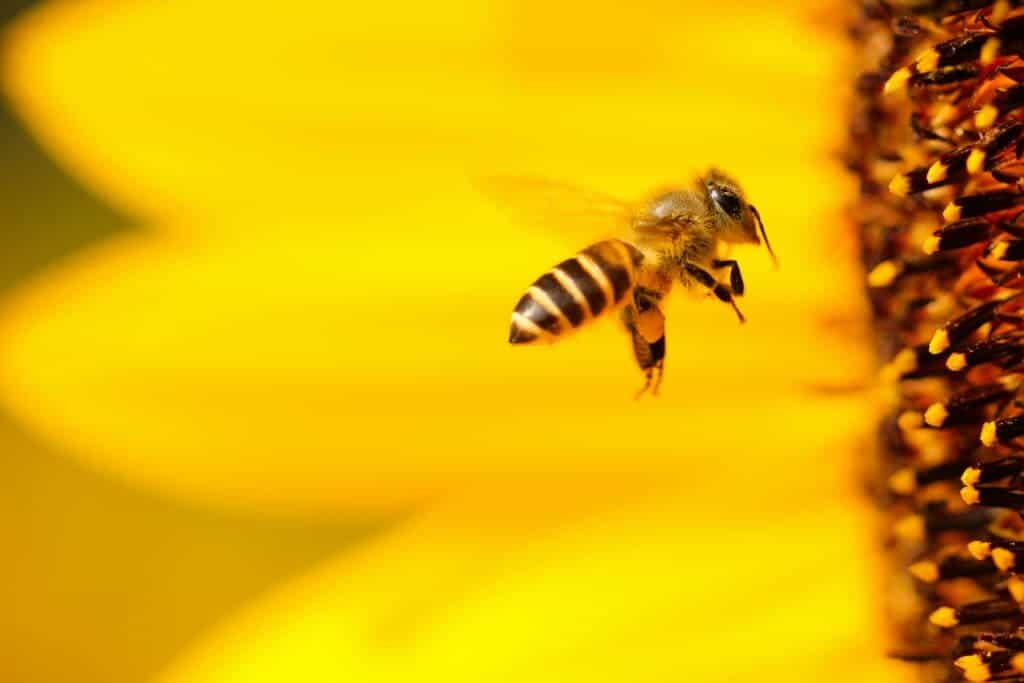Bees are in all sorts of trouble. From our use of pesticides to the reduction of habitat, rising temperatures, and urbanization, the world is not a friendly place for bees right now. But in addition to all these environmental stressors, something else is hurting the bees. A new study found that even when honeybees are kept in a controlled, laboratory environment, their lifespan is 50% shorter than it was in the 1970s.

“We’re isolating bees from the colony life just before they emerge as adults, so whatever is reducing their lifespan is happening before that point,” said Anthony Nearman, a Ph.D. student in the Department of Entomology and lead author of the study. “This introduces the idea of a genetic component. If this hypothesis is right, it also points to a possible solution. If we can isolate some genetic factors, then maybe we can breed for longer-lived honey bees.”
Nearman was working on a different study with entomologist Dennis van Engelsdorp. They were looking at standardized protocols for rearing adult bees in the laboratory. Like all good researchers, they were comparing their results with previous research. But no matter how they did it, they couldn’t get the bees to live as long as the studies in the 70s.
“When I plotted the lifespans over time, I realized, wow, there’s actually this huge time effect going on,” Nearman said. “Standardized protocols for rearing honey bees in the lab weren’t really formalized until the 2000s, so you would think that lifespans would be longer or unchanged, because we’re getting better at this, right? Instead, we saw a doubling of mortality rate.”
The researchers were stunned to find that the lifespan of the bees is 50% lower than it was 50 years ago.
Of course, growing bees in a lab is not the same as development within a colony, but the general assumption in this type of research is if that there’s something that’s affecting bees in one environment, it should also affect them in another environment — this is also what previous research suggests. Plus, in the lab, you don’t have exposure to things like pesticides or pollution.

Bees in trouble
The bees were collected as pupae from hives within 24 hours of emerging from their cells and then grown in a special incubator. As adults, they were kept in special cages.
The only environmental influence could be from pesticide exposure during their larval stage, although the bees have not shown any symptoms of such exposure. But other than this, it’s not exactly clear what’s causing this reduced lifespan.
However, while we don’t know why it happens, this compounds the many problems bees are currently faced with. Pesticides are one of the main problems for bees, and despite bans on some pesticides in places like the EU, unless more action is taken, bee numbers will continue to collapse.
The researchers also highlighted the economic problems associated with lower bee lifespan. Honeybees alone pollinate 80 percent of all flowering plants, including more than 130 types of fruits and vegetables. Their pollination adds about $15 billion in added crop value every year and the loss of bee lifespans corresponds to less foraging time, less honey production, and less pollination.
Now, researchers want to compare this in different honeybee populations in the US and in other countries to piece together the factors causing this decrease in longevity and isolate the contributing factors which could be environmental, genetic, viral, or even something else.
The study was published in the journal Scientific Reports.









